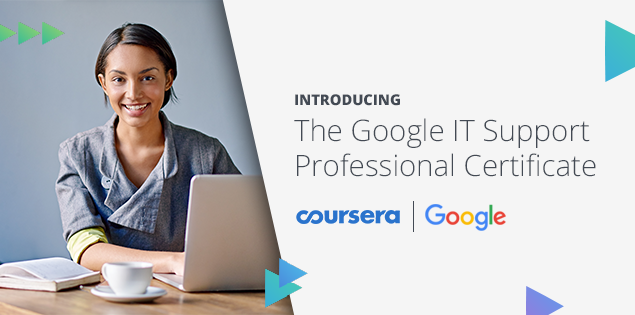

Wow I completed the 2nd-week course in a single day.
What I (We) learn in 2nd of this course?
We got an overall view in the first week so we have to take first step i.e. to learn about hardware.
In the second week of this course, we'll learn about what's inside a computer. We'll learn all about the hardware components or different pieces inside a computer. We'll discover what each component does and how they work together to make a computer function. By the end of this module, you will also know how to build a computer from scratch!
Our main objectives.
- Describe the main components that make up a computer and how they work together.
- Understand how the CPU takes instructions and executes them.
- Describe how binary data physically travels throughout a computer.
Meet Our trainer for week 1
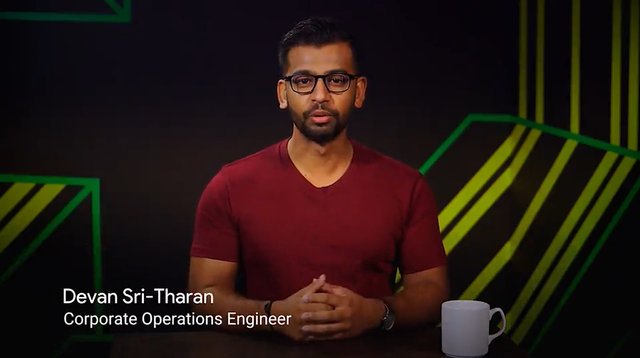
Devan Sri-Tharan
His name is Devan Sri-Tharan, He've been working in IT for ten years. He is a Corporate Operations Engineer at Google where he get to tackle challenging and complex IT issues.
Theory covered in Week 2
1. Introduction to Computer Hardware
- Ports- Ports are connection points that we can connect devices to that extend the functionality of our computer.
- CPU- The CPU does all the calculations and data processing.
- RAM- RAM is our computer's short-term memory. We use this component when we want to store data temporarily.
- Hard drive- The hard drive holds all of our data, which can include music, pictures, applications. Let me show you something else interesting.
- Motherboard- Motherboard is the body or circulatory system of the computer that connects all the pieces together.
- Power Supply- Power supply, which converts electricity from our wall outlet onto a format that our computer can use.
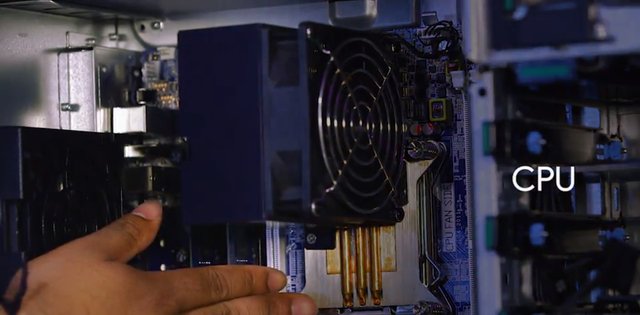
2. Programs and Hardware
- Programs- Programs are basic instructions that tell the computer what to do.
- Memory Controller Chip or MCC. - The MCC is a bridge between the CPU and the RAM. You can think of it, a nerve in your brain connecting to your memories.
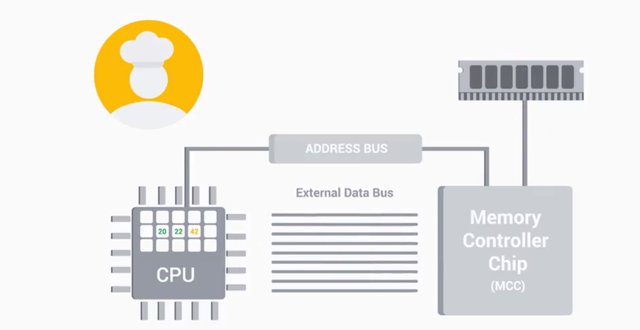
- Clock Cycle- Have you ever seen a CPU in the store and has something labeled 3.4ghz, this number refers to the Clock speed of the CPU. Which is a maximum number of clock cycles that it can handle in a set in a certain time period. 3.40 gigahertz is 3.4 billion cycles per second.
3. CPU
When you select your CPU, you need to make sure it's compatible with your motherboard. The circuit board that connects all your components together. Heads up. You can't just buy a bunch of parts and expect them to work together.
There are currently two major types of CPU sockets, Land Grid Array also known as LGA, and Pin Grid Array, also known as PGA.
- LGA- In an LGA socket, like this one, there are pins that stick out of the motherboard.
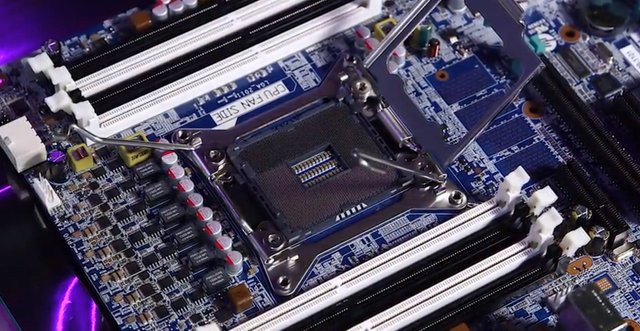
4. RAM
There are lots of types of RAM. And the one is commonly found in computers, is DRAM or dynamic random access memory. Where a one or zero is sent to DRAM, it source each bit in a microscopic capacitor. This is either the charge or discharge represented by one or zero. These semiconductors are put into chips that are on the RAM and store our data.
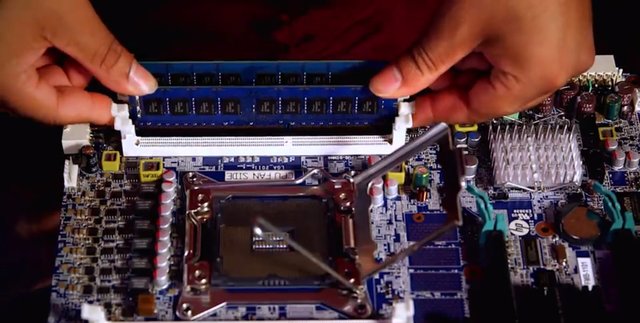
After DRAM was created, RAM manufacturers build something called SDRAM which stands for Synchronous DRAM. This type of RAM is synchronized to our systems' clock speed allowing quicker processing of data. In today's system, we use another type of RAM, called double data rate SDRAM, or DDR SDRAM for short. Most people refer to this RAM as DDR, even shorter. There were lots of iterations of DDR, from DDR1, DDR2, DDR3 and now, DDR4. DDR is faster, takes up less power, and has a larger capacity than earlier SDRAM versions.
5. Motherboard
- Motherboard- The motherboard, the foundation that holds our computer together. It lets us expand our computer's functionality by adding expansion cards around its power from the power supply and it allows the different parts of the computer to communicate with each other.
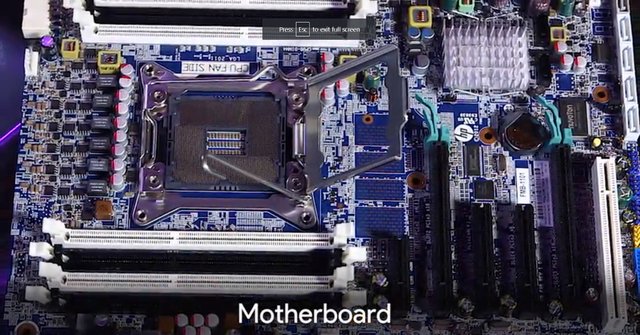
The chipset on motherboards is made up of two chips. One is called the Northbridge that interconnects stuff like RAM and video cards. The other chip is the Southbridge which maintains our IO or input/output controllers, like hard drives and USB devices that input and output data. In some modern CPUs, the Northbridge has been directly integrated into the CPU so there isn't a separate Northbridge chipset.
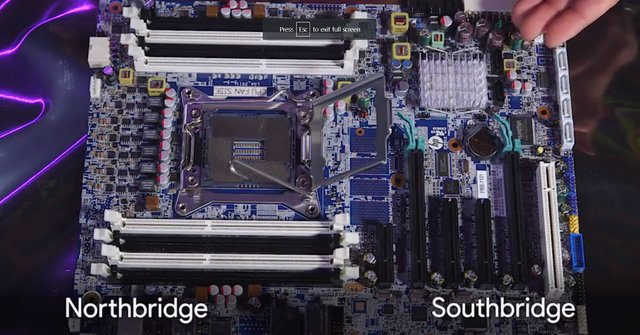
- Peripherals - Peripherals are the external devices we connect to our computer like: a mouse, keyboard, and a monitor.
6. Storage
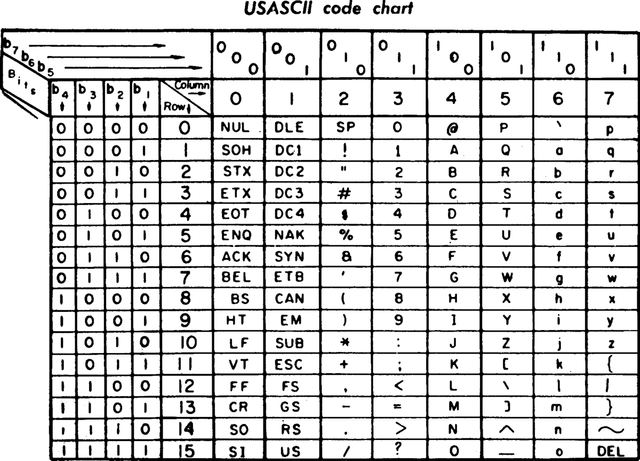
- ASCII- The oldest character encoding standard used this ASCII. It represents the English alphabet, digits, and punctuation marks.
- UTF-8- The most prevalent encoding standard used today. Along with having the same ASCII table, it also lets us use a variable number of bytes.
7. Binary
There's an electric voltage, we would denote it as one. If there isn't, we would denote it by zero. For just having transistors isn't enough for our computer to be able to do complex tasks.
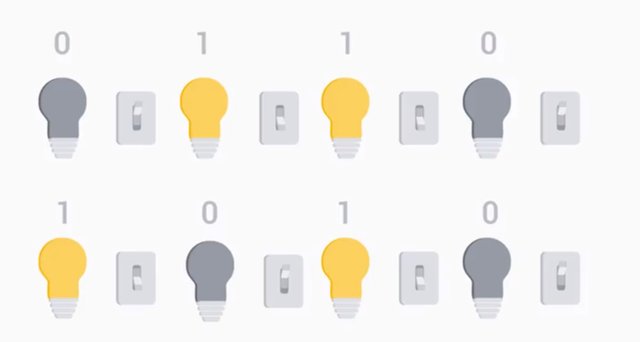
- Logic Gates- Logic gates allow our transistors to do more complex tasks, like decide where to send electrical signals depending on logical conditions.
8. Abstraction
We use the concept of abstraction to take a relatively complex system and simplify it for our use.
9. Computer Architecture Overview
A computer can be cut into four main layers, hardware, operating system, software, and users.
Hardware layer - The hardware layer is made up of the physical components of a computer.
Operating System layer- The operating system allows hardware to communicate with the system.
Software layer- The software layer is how we as humans interact with our computers.
User layer- The user interacts with the computer and she can do more than that. She can operate, maintain, and even program the computer.
Putting it All Together
There is practical video watch it.
Quizes in Week 2
- The Modern Computer
- Components
- Starting It Up
- Assemble a Computer
Supplementary Reading in Week 2
Supplemental Reading on CPU caches https://en.wikipedia.org/wiki/CPU_cache
Supplemental Reading on How to overclock your CPU https://www.digitaltrends.com/computing/how-to-overclock-your-cpu/3/
Supplemental Reading on differences between 32-bit and 64-bit CPU architecture https://support.microsoft.com/en-us/help/15056/windows-7-32-64-bit-faq & https://en.wikipedia.org/wiki/64-bit_computing#32-bit_vs_64-bit%E2%80%A6
Supplemental Reading on different measurements in data storage https://en.wikipedia.org/wiki/Kilobyte
How was Week 2 course for me?
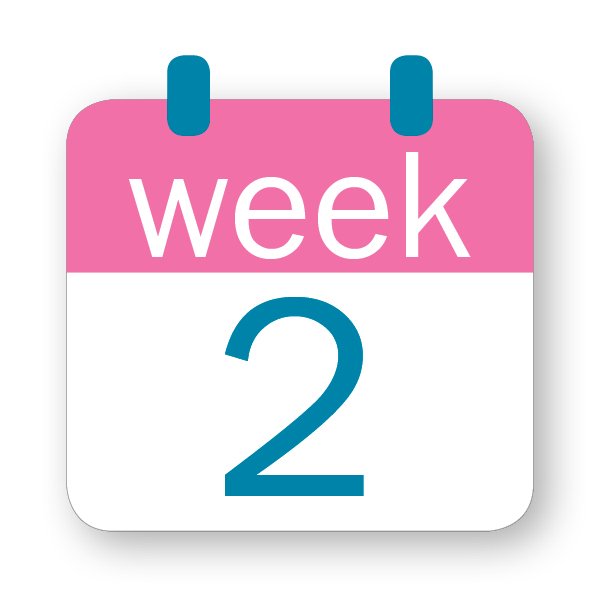
In this week we will get lots of knowledge about hardware componnets of computer system. As this is the first building block of computer you have to know its basics & the same thing is explained in this course.
Well I love the second week because i always want to assemble computer from childhood which by seeing this course i can do it now very well.
I loved the simple language of the instructor. Various supplementary reading links are also provided so if you want to explore more you can go through these links & have some deeper knowledge.
Quizzes are also designed in a special way as between the video quizzes, course end quizzes, interactive quizzes etc.

There is also community support where you can post your experiences throughout this course and even get the answers to your question through your peer. You can also like or dislike every content of this course or flag to suggest any fault in this course.
Atlast If you are interested in the IT field, this course, or want to learn Computer Science.If you want to know whats in this course, what skills I learned Follow me @hungryengine. I will guide you through every step of this course and share my knowledge from this course daily.
Support me on this journey and I will always provide you with some of the best career knowledge in Computer Science field.
.gif)